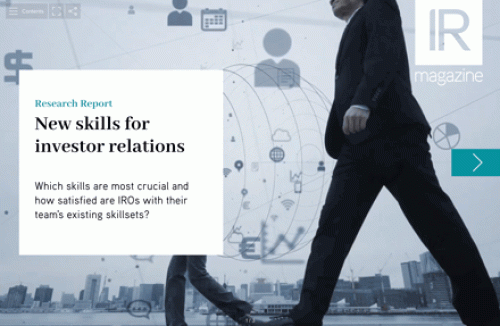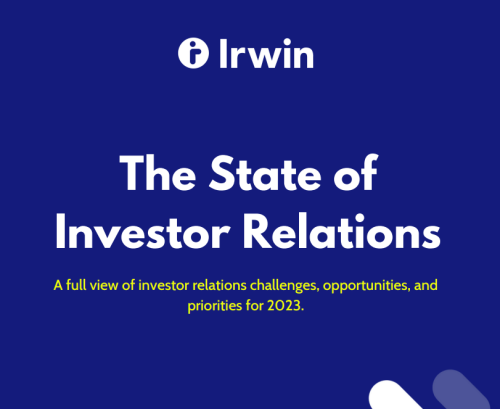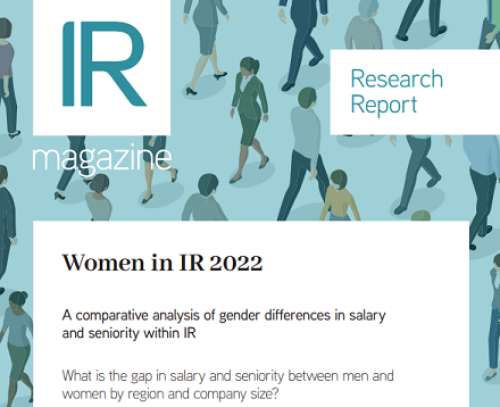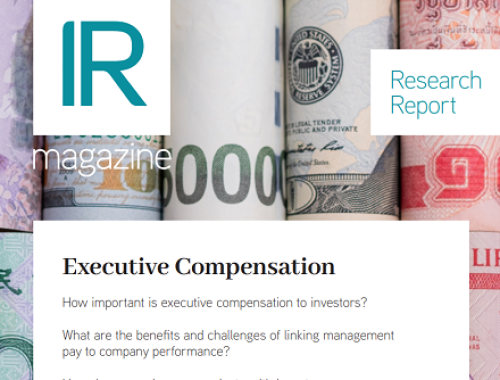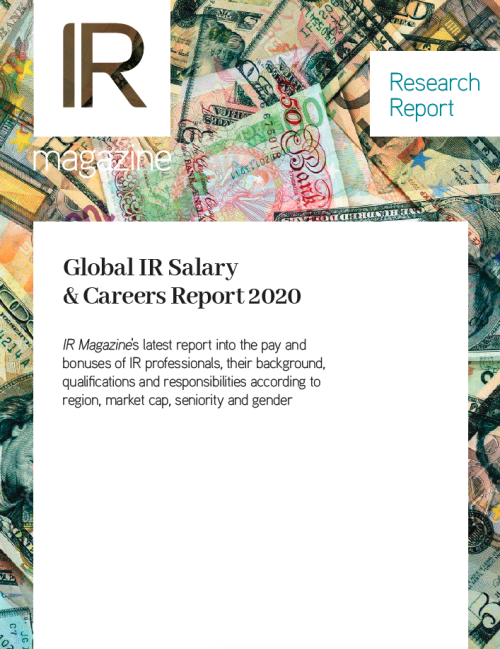In a contrarian approach to the pay gap debate, London-based free-market think tank the Institute of Economic Affairs (IEA) asserts the influx of data on gender pay gap reporting fails to provide any meaningful insight into fair pay for men and women.
Now into the second year of UK-mandated gender pay gap reporting for large organizations, the IEA ‘briefing’ provides examples – including data from KPMG, EasyJet, Npower and Thomas Cook – to illustrate how the figures create a misleading picture, especially for companies that have hired large numbers of female staff into lower paid roles.
The author of the briefing, the IEA’s associate director Kate Andrews, argues that the reporting measures contribute to the narrative that women ‘are paid less than men’, despite this ‘statement remaining categorically untrue for many women in their respective organization’.
When comparing pay gap reporting measures versus official data, many organizational statistics produced by the pay gap reporting measures are notably out of line with the official data from the Office for National Statistics (ONS) published in 2018, which:
- Places the pay gap for full-time workers at 8.6 percent in favor of men
- Places the pay gap for part-time workers at 4.4 percent in favor of women.
One of the problems with the pay gap reporting measures are that they do allow like-for-like comparisons, says Andrews, with the government’s reporting measures not taking into account key differentials, such as job, background, education or degree level, age, or years of experience.
Furthermore, the measures do not distinguish between full-time workers and part-time workers and they do not take into account ‘number of hours worked’, which renders the bonus pay gap statistics ‘meaningless’, notes Andrews.
She also highlights that ‘despite the inability of the new pay gap figures to reveal sex discrimination’, employers are facing reputational damage, threats of boycotts and possibly fines because of these figures.
Giving examples, Andrews cites EasyJet and Virgin Atlantic, which are being criticized for large gender pay gaps, but the majority of the jobs at both airlines are filled mostly by women doing cabin crew jobs, making a gender pay gap comparison a nonsense.
Andrews also highlights that Npower and Thomas Cook report higher gender pay gaps partially because of the salary-sacrificing benefits they offer – that is, to give employees more flexibility and control over their work life.
In turn, Andrews suggests that the poor incentives created by the gender pay gap reporting measures may be particularly damaging to younger women who are seeking their first job after graduation.
The point here being that employers publishing their pay quartile statistics – under the assumption that a higher percentage of women in lower quartiles is a bad result – may feel pressured to hire more men in the lower quartile pay range, denying entry level positions to more qualified women.
Andrews says: ‘While many are waking up to the reality of this abysmal pay gap reporting exercise, it is still defended on the grounds that it encourages us to think more carefully about women’s experiences in work. But bad statistics cannot inform good policy.
‘We would not condone teaching a child that 1+1 = 3, for the sake of increasing her interest in maths. We do not praise flat earth theorists for getting people talking about the health of the planet.
‘Why should we give credence to meaningless and often deceptive gender pay gap statistics, which have us tackling women’s issues from completely the wrong direction? If we care at all about women in work, we must dramatically reform or scrap these pay gap reporting measurements, which incentivize employers to prioritize useless figures over organizational policies that actually benefit working women.’

